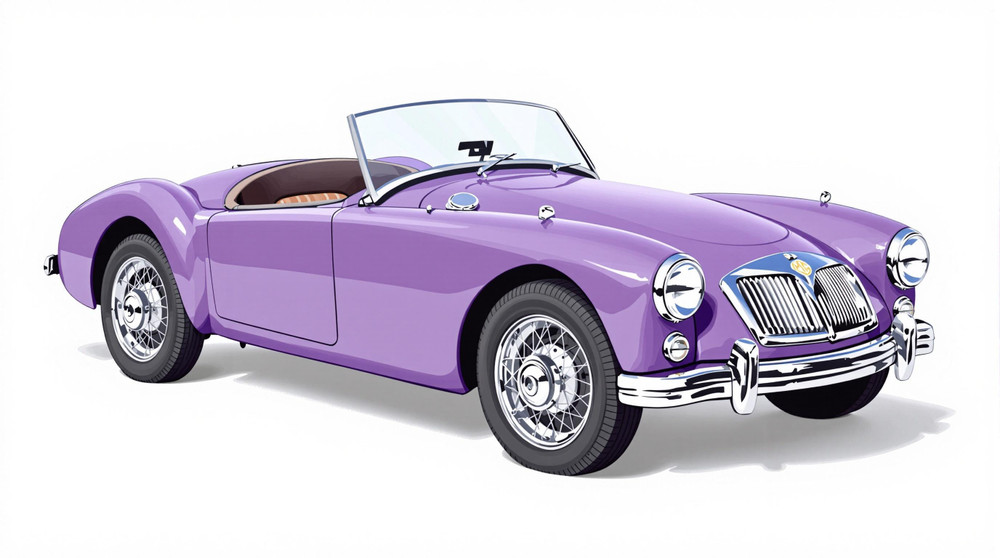Image of 1957 Mg Mga, Note: These illustrations use artistic license and may differ from actual historical models.
Performance Metrics
Fundamental Metrics
Emotional Appeal
MMP Rating
| Engine Specifications | |
|---|---|
| Engine: | 1.5L I4 |
| Displacement: | 1489 cc |
| Horsepower: | 68-72 hp |
| Torque: | 77 lb-ft |
| Compression Ratio: | 8.3:1 |
| Ignition System: | Coil ignition |
| Cooling System: | Water-cooled |
| Performance Specifications | |
| 0-60 Time: | 16 seconds |
| 1/4 Mile Time: | 20 seconds |
| Top Speed: | 98 mph |
| Transmission and Drive | |
| Drive Type: | RWD (Rear Wheel Drive) |
| Transmission Type: | 4-speed manual |
| Fuel and Efficiency | |
| Fuel System Type: | Twin SU carburetors |
| MPG: | 26-30 mpg |
| Dimensions and Brakes | |
| Brakes: | Drum brakes |
| Wheelbase: | 94.0 in |
| Weight: | 2028 lbs |
Note: Specifications for classic cars are given to the best of our ability, considering the limited and variant data available.
Introduction
The 1957 MG MGA stands as a quintessential British sports car that captured the hearts of enthusiasts with its sleek lines and spirited performance. Born from the storied MG Car Company, this model marked a significant departure from its predecessors, both in design and philosophy. Amidst the rock 'n' roll era and a burgeoning sports car culture, the MGA became synonymous with freedom and adventure. A unique fact that entices classic car aficionados is that the MGA was originally designed to be a Le Mans racer, which explains its aerodynamic shape and sporty demeanor.
Design and Innovation
The MGA's exterior styling was revolutionary for MG, featuring flowing contours and a low-slung profile that were a stark contrast to the upright MG TF it replaced. The body was comprised of a unibody design—a novelty at the time—contributing to its rigidity and sleek appearance. Inside, drivers were greeted with a no-frills cockpit focused on driving pleasure, with leather seats and a metal dashboard housing essential gauges. Materials were simple yet durable, reflecting the utilitarian British sports car ethos.
Technologically, the MGA boasted rack-and-pinion steering and independent front suspension, providing handling that was advanced for its era. Color options ranged from classic British Racing Green to vibrant Orient Red, with Old English White being particularly popular among enthusiasts. The most iconic body style was undoubtedly the roadster, though a coupe version was also available for those seeking more weather protection.
Historical Significance
The MGA's impact on automotive design was profound; it helped set the stage for the modern sports car silhouette. Its departure from MG's traditional styling paved the way for future models and influenced numerous other manufacturers. The MGA wasn't just a pretty face; it brought genuine innovation to MG's lineup and helped solidify the brand's reputation in North America.
Performance and Handling
Underneath its bonnet lay a 1.5-liter inline-four engine capable of propelling the MGA to a top speed of around 98 mph—a respectable figure in its day—with acceleration from 0-60 mph in approximately 11 seconds. The driving experience was visceral; drivers could hear the engine's throaty roar as they navigated winding roads, feeling every nuance of the terrain due to the car's responsive nature.
Ownership Experience
The MGA found use in various roles from daily commuting to weekend racing. Its mechanical simplicity meant that maintenance could often be performed by the owners themselves, making it an endearing choice for those who liked to tinker. However, like many cars of its era, it required regular attention to keep it running smoothly.
Fun Facts
An intriguing piece of trivia is that only 101 "Twin Cam" versions were produced, making them exceedingly rare today. Celebrities such as Elvis Presley were known to have owned MGAs. The vehicle held no significant speed records but was well-represented in club racing events and rallies. Common criticisms included leaky tops in roadsters and finicky twin-cam engines in later models.
Collector's Information
The current value range for an MGA varies widely depending on condition, with pristine examples fetching upwards of $50,000 or more at auction. Approximately 101,000 MGAs were produced during its production run from 1955-1962, with many still surviving today thanks to a dedicated enthusiast community. Price trends suggest that values are steadily appreciating as classic car collectors seek out well-maintained or restored examples.
Conclusion
The 1957 MG MGA remains an emblematic figure in automotive history—a testament to innovation and timeless design. It encapsulates an era when driving was not just about transportation but about joy and exploration. For those lucky enough to own one today, it offers not just a slice of history but an ongoing legacy of motoring pleasure.
1957 Mg Mga Catalog of Parts
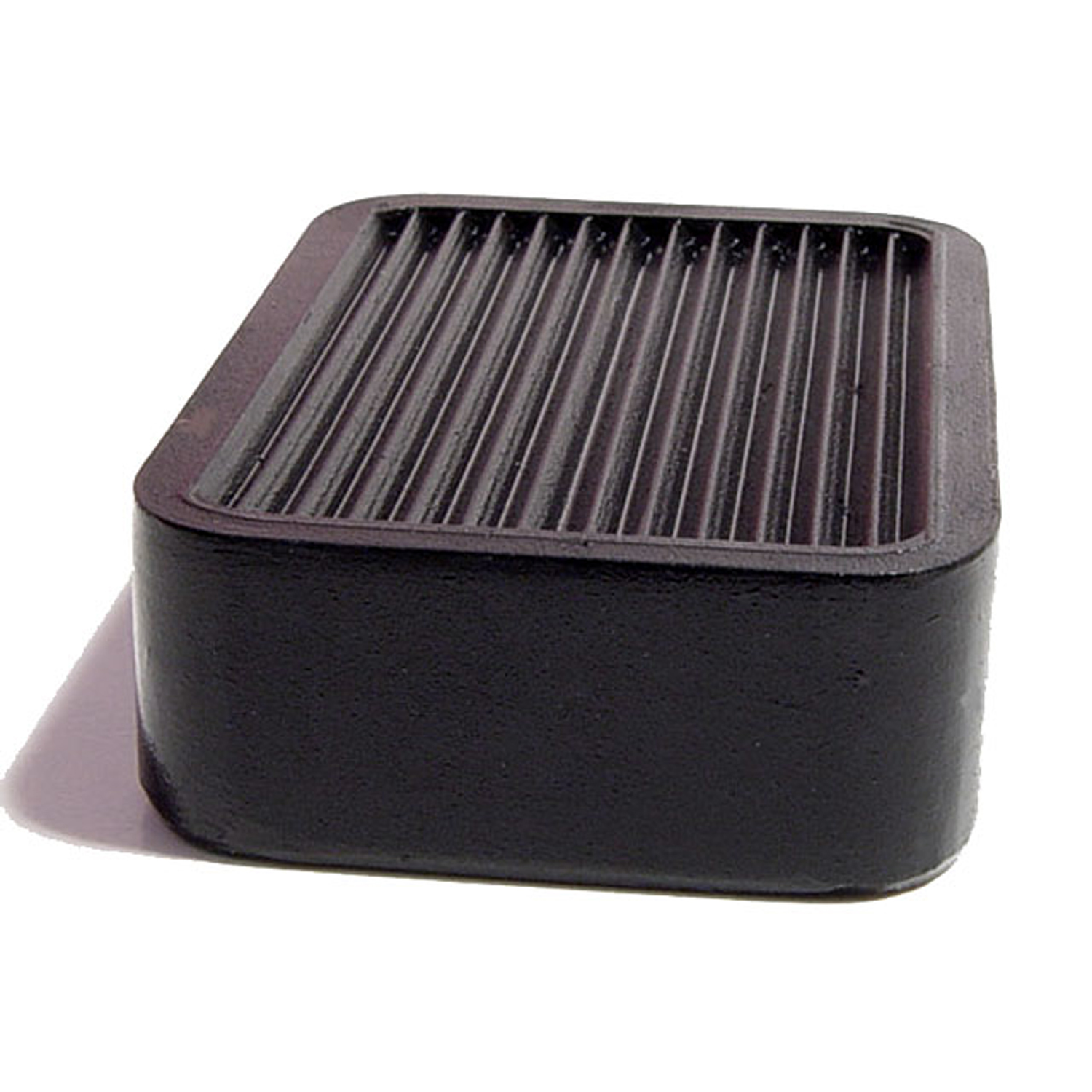 1957 MG MGA Accelerator Pedal Pad. 1-3/16" wide X 1-5/8" long. Each-AP 28Accelerator Pedal Pad. 1-3/16" wide X 1-5/8" long. Each
1957 MG MGA Accelerator Pedal Pad. 1-3/16" wide X 1-5/8" long. Each-AP 28Accelerator Pedal Pad. 1-3/16" wide X 1-5/8" long. Each 1957 MG MGA Clutch and Brake Pedal Pads. 1-3/4" wide X 3" long. Pair-CB 86Clutch and Brake Pedal Pads. 1-3/4" wide X 3" long. Pair
1957 MG MGA Clutch and Brake Pedal Pads. 1-3/4" wide X 3" long. Pair-CB 86Clutch and Brake Pedal Pads. 1-3/4" wide X 3" long. Pair 1957 MG MGA Door Bumper. 1-3/16" high X 1-1/2" wide X 7/16" thick-DB 31Door Bumper. 1-3/16" high X 1-1/2" wide X 7/16" thick. Each
1957 MG MGA Door Bumper. 1-3/16" high X 1-1/2" wide X 7/16" thick-DB 31Door Bumper. 1-3/16" high X 1-1/2" wide X 7/16" thick. Each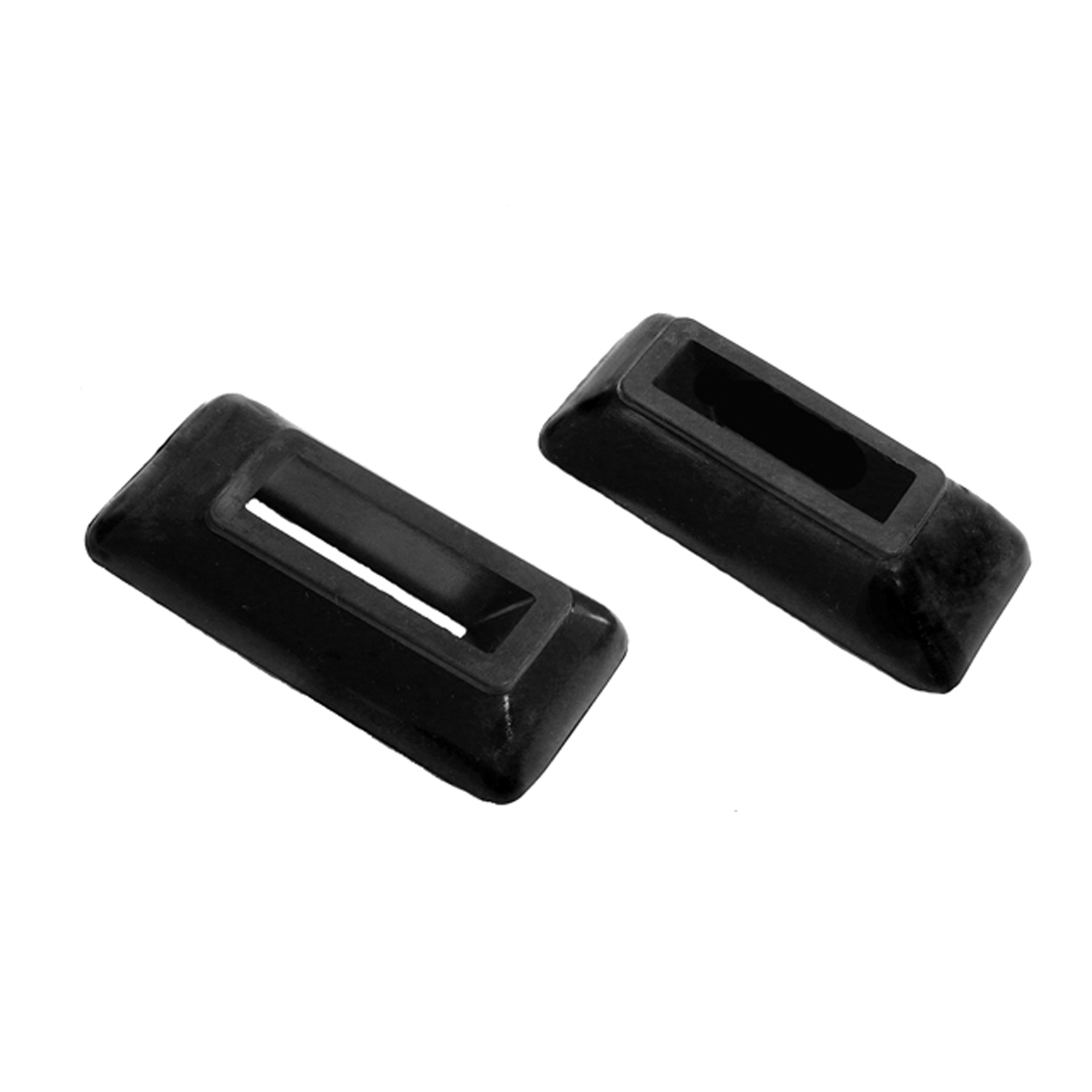 1957 MG MGA Windshield Post Bases. 2-15/16" x 1-7/16" Pair R&L-MB 18Windshield Post Bases. 2-15/16" x 1-7/16" Pair R&L
1957 MG MGA Windshield Post Bases. 2-15/16" x 1-7/16" Pair R&L-MB 18Windshield Post Bases. 2-15/16" x 1-7/16" Pair R&L 1957 MG MGA Tail-light Pads. 4-1/4" wide X 8-3/4" long. Pair-MP 1010-QTail-light Pads. 4-1/4" wide X 8-3/4" long. Pair
1957 MG MGA Tail-light Pads. 4-1/4" wide X 8-3/4" long. Pair-MP 1010-QTail-light Pads. 4-1/4" wide X 8-3/4" long. Pair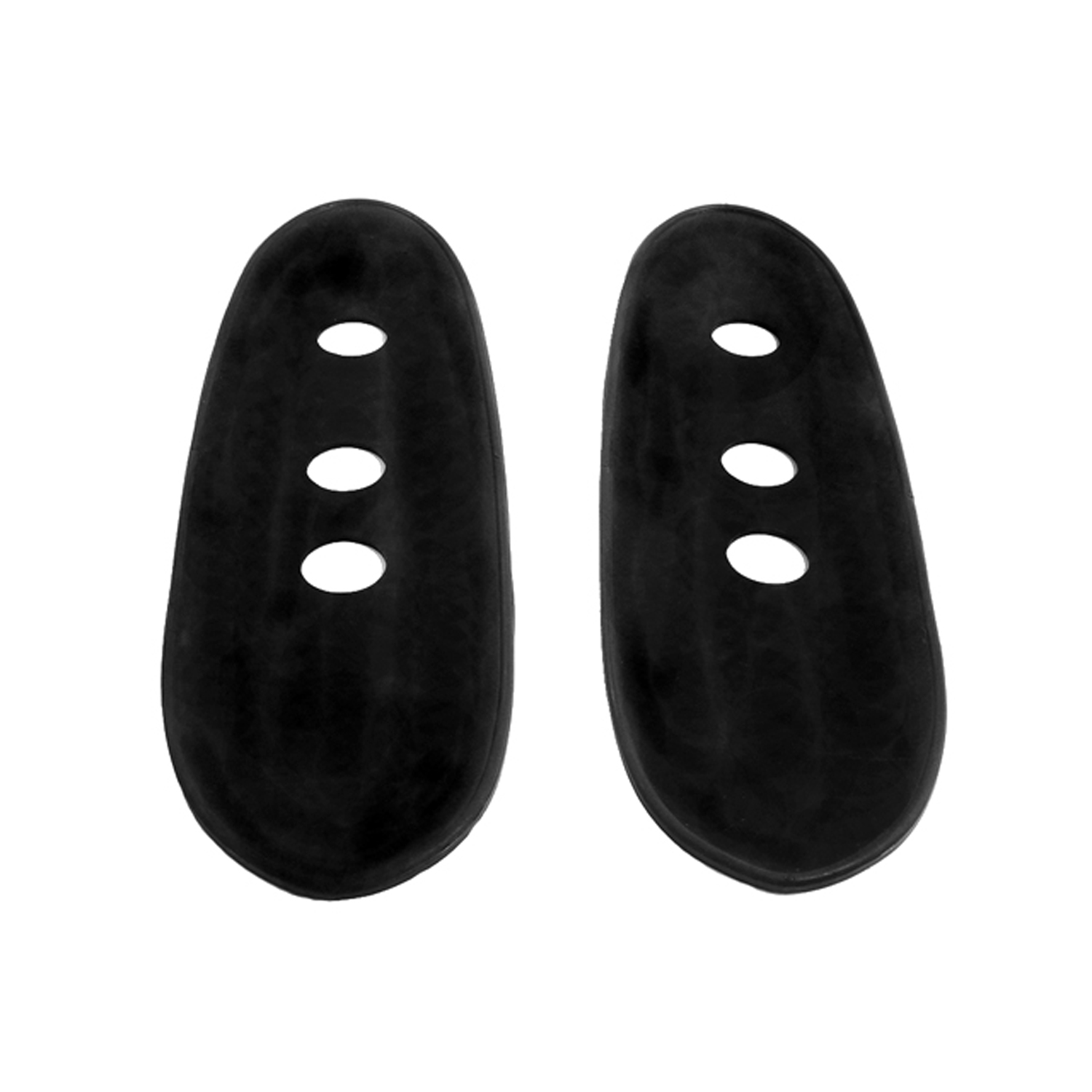 1957 MG MGA Tail-light Pads for MGA 1600. 4-1/4" wide X 14-1/4" long-MP 1010-RTail-light Pads for MGA 1600. 4-1/4" wide X 14-1/4" long. Pair
1957 MG MGA Tail-light Pads for MGA 1600. 4-1/4" wide X 14-1/4" long-MP 1010-RTail-light Pads for MGA 1600. 4-1/4" wide X 14-1/4" long. Pair 1957 MG MGA Tail-light Pads for MGA 1600, MK II-MP 1010-STail-light Pads for MGA 1600, MK II. 5-1/8" wide X 8-1/8" long. Pair
1957 MG MGA Tail-light Pads for MGA 1600, MK II-MP 1010-STail-light Pads for MGA 1600, MK II. 5-1/8" wide X 8-1/8" long. Pair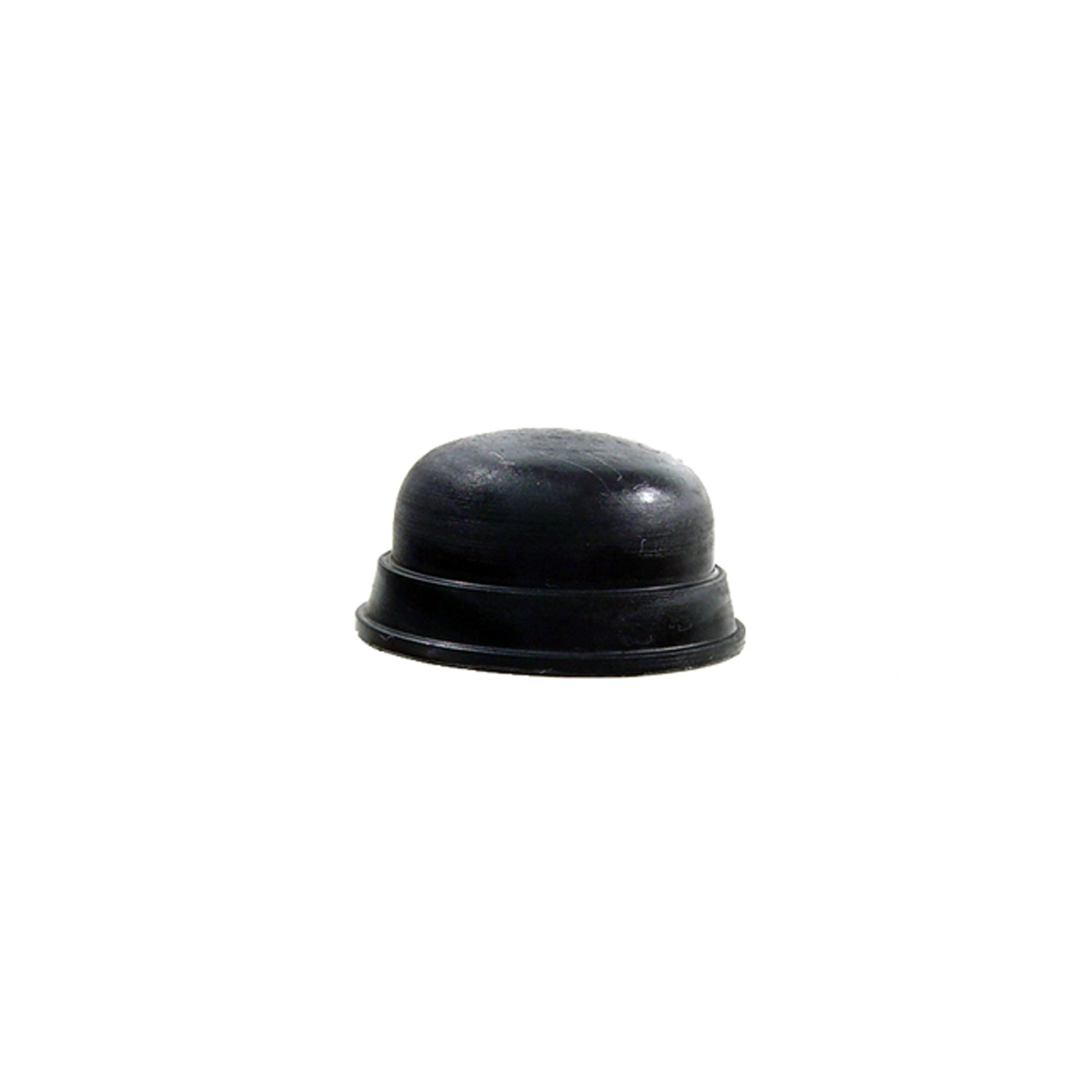 1957 MG MGA Starter Solenoid Button Cover. Perfect reproduction. Each-RP 1Starter Solenoid Button Cover. Perfect reproduction. Each
1957 MG MGA Starter Solenoid Button Cover. Perfect reproduction. Each-RP 1Starter Solenoid Button Cover. Perfect reproduction. Each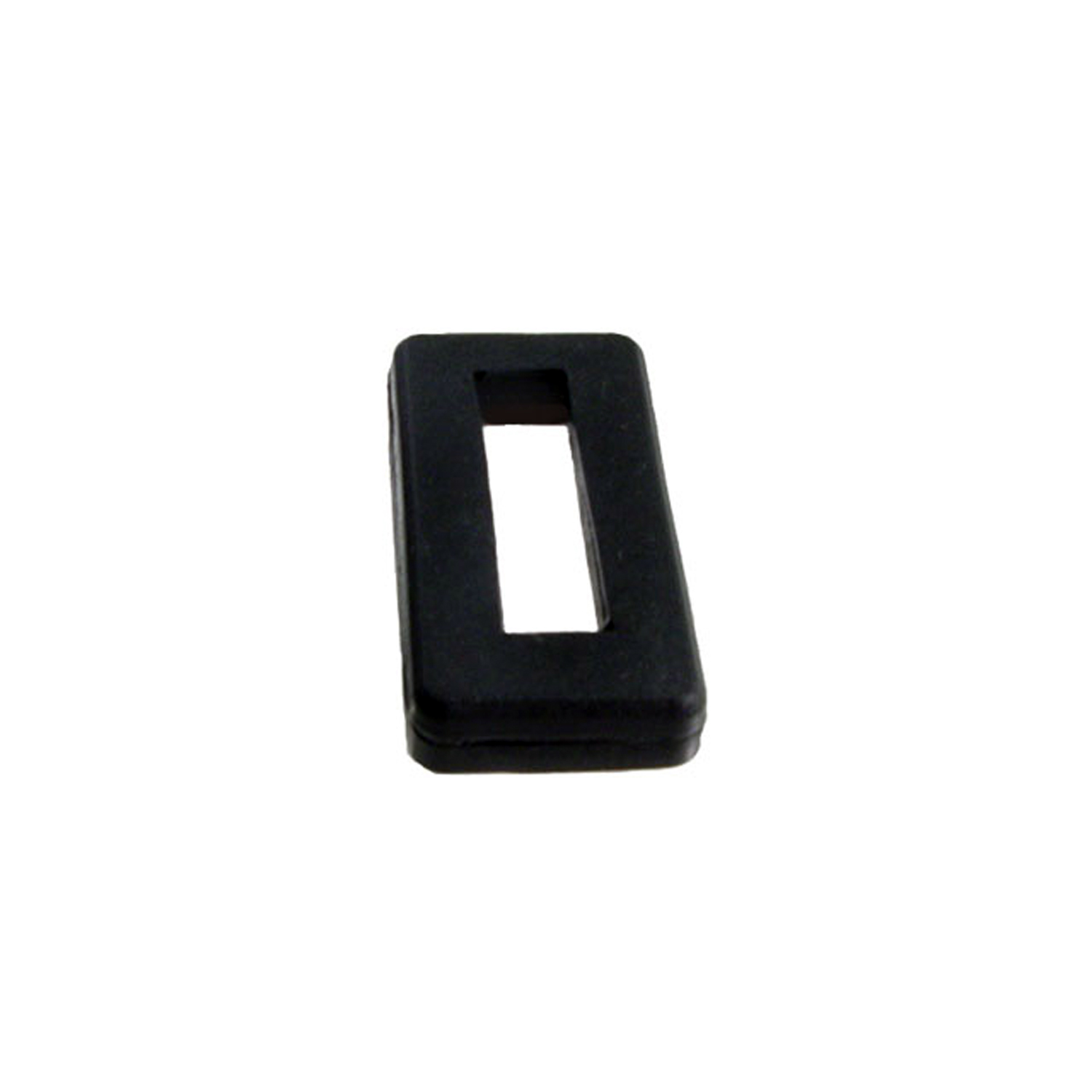 1957 MG MGA Grille Shell Grommet. 2" X 1" X 5/16" Thick. Each-SM 7Grille Shell Grommet. 2" X 1" X 5/16" Thick. Each
1957 MG MGA Grille Shell Grommet. 2" X 1" X 5/16" Thick. Each-SM 7Grille Shell Grommet. 2" X 1" X 5/16" Thick. EachWhy Choose Metro?
For over 100 years, Metro Moulded Parts has been the pinnacle of quality in classic car restoration parts. Our commitment to precision and authenticity in every component ensures a perfect fit and an OEM-level appearance.
- Expert Craftsmanship & Quality: Each part is a testament to our dedication to reliability and perfection, crafted from original designs and thoroughly tested.
- Advanced Technology: We use cutting-edge techniques to create flawless, long-lasting parts that surpass others in performance.
- SuperSoft Sponge – The Ultimate Door Seal: Not only are our door seals 30% softer than competitors', but they're also guaranteed to never leak. They effectively reduce wind and road noise, enhancing your classic car's comfort and driving experience.
- Proudly American: Our parts are a product of American craftsmanship, made in the USA with a spirit of excellence and heritage.
- Unrivaled Warranty: We back our products with a 30-year industry-leading warranty, a testament to our confidence in their quality.
Join us in preserving the legacy of classic cars with parts that are crafted for perfection, not just made.

